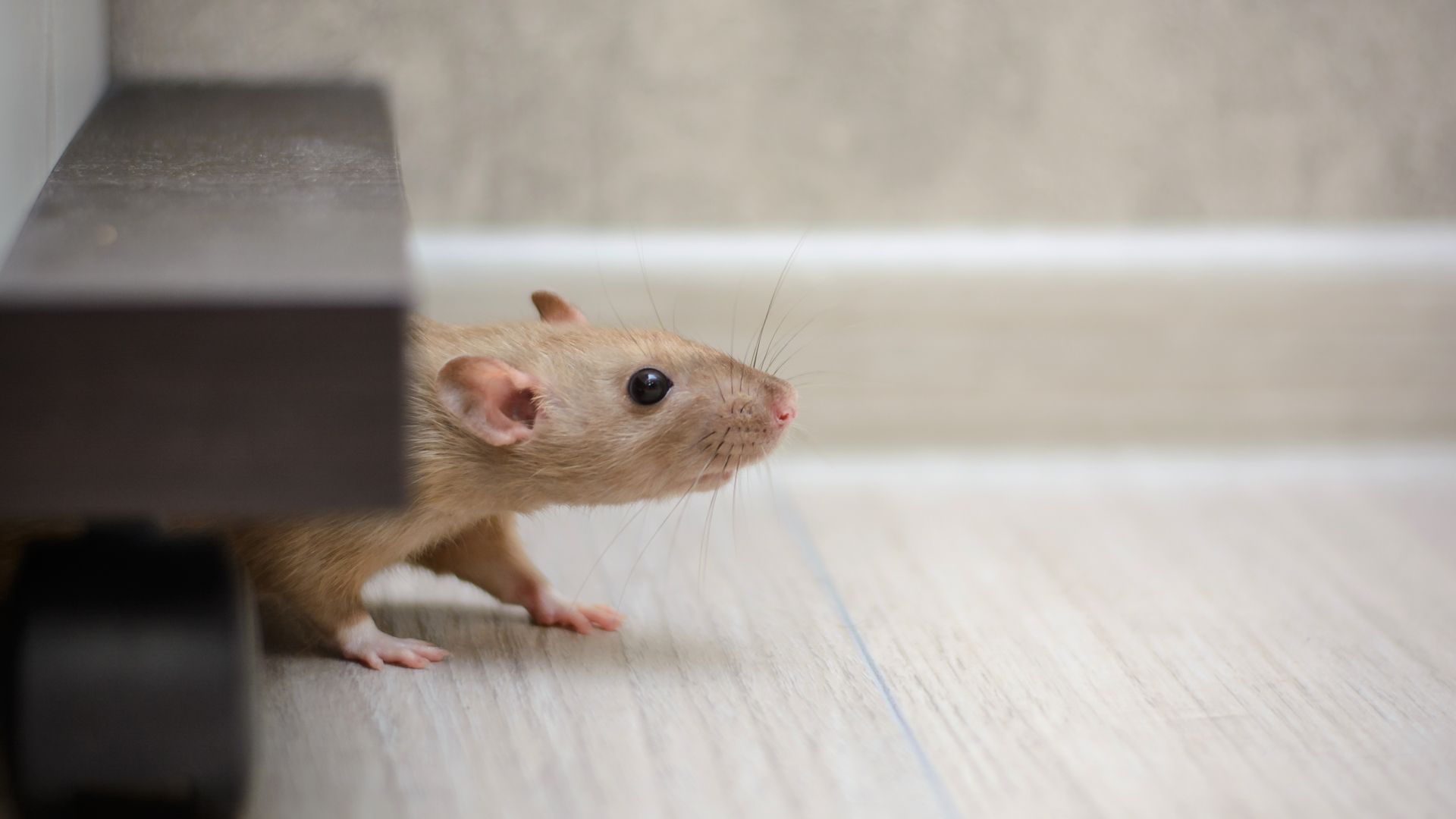Ants are obnoxious insects that can be more than just a nuisance. If you have these pesky insects crawling through your home, you could be putting your health in jeopardy. At Miche Pest Control, we provide a variety of pest control solutions and know what you should do if you have an ant infestation in your home.
The Life Cycle Of Common Ants
All ants go through metamorphosis. This is when an insect will completely change forms and can look like two completely different bugs throughout the course of its life. Ants go through four stages of life, which include:
- Egg: An ant egg is white, shaped like an oval, and extremely small. On average, an ant egg is about the size of the tip of a ballpoint pen.
- Larva: When an egg hatches, a small ant larva will emerge. These tiny worm-looking creatures have no eyes or limbs. They are completely dependent on the worker ants to feed them to ensure that they grow.
- Pupa: This is the stage when metamorphosis takes place. During this phase, some species will spin a cocoon and stay inside until they are adults. Whether they stay in a cocoon or not, the pupa phase is a time when the insect starts to look more like an ant and will grow legs and antennae and have an ant-shaped body.
- Adult: Once the pupa has grown and developed as much as it is able, it will be labeled as an adult. Sometimes, a young adult ant will have a light-colored body that will darken over time. Overall, the process from egg to adult takes about two months to complete.
Once an ant has made it to the adult stage, it will be classified into one of three caste systems: worker, male, or queen. The queens are the larger females in the colony, and their only job is to reproduce. The workers are the smaller females. Workers don't reproduce. Instead, they do everything else, which includes building the nest, foraging for food, and taking care of the baby ants.
Why And How Ants Find Their Way Into Our Homes
Ants will come into your home looking for food, water, or a sheltered place to nest. Because they are only about an eighth of an inch long, they are able to easily squeeze through some of the smallest cracks that are found around your home. Once they find a reliable food or water source, they will secrete a pheromone to alert the other ants and tell them where to go. If you see a trail of ants walking in a single-file line, they are all following the same pheromone trail.
Five Naturally Effective Ant Prevention Tips
Ant control is much easier to achieve if you don't have a severe infestation in your home. Luckily, there are several things that you can do to keep ants away. Some of the preventative steps that you can take include:
- Seal off any cracks and other potential entrances around your home.
- Don't let your pet's water and food dish sit out all day and night.
- Wipe off your countertops often and make sure there are no spills or food crumbs around.
- Store food in sealed containers.
As we mentioned earlier, ants will follow a pheromone trail. If you see a trail of ants, you should remove the trail and clean the surface immediately.
Call The Professionals For Total Ant Control
Ants live in large colonies, which can make them difficult to eliminate on your own. If you are seeing ants in your home, don't hesitate to contact Miche Pest Control right away. We know what it takes to eradicate these pesky insects quickly and effectively.

